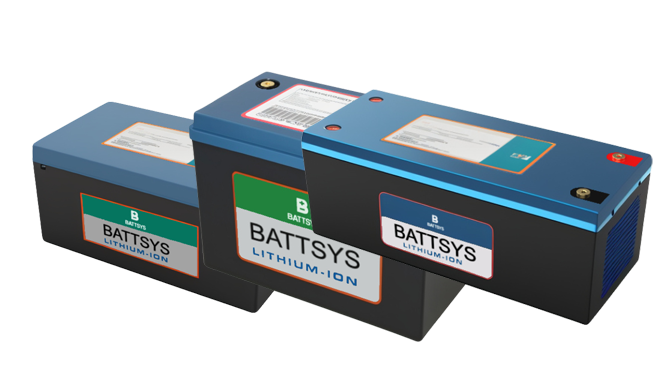Factors affecting the low-temperature characteristics of lithium iron phosphate batteries.
Although lithium iron phosphate batteries have significant advantages over other rechargeable batteries in terms of cycle system lifespan and rechargeable battery multiples, their characteristics are slightly reduced under low temperature standards. Therefore, improving and enhancing the low-temperature characteristics of lithium iron phosphate batteries can more reasonably improve their competitiveness.
1、 The positive electrode material selected in lithium iron phosphate batteries has weak conductivity in electronic devices, making it prone to polarization and reducing the capacity of the lithium battery.2、 Negative lithium batteries pose significant risks to low-temperature battery charging and can compromise the safety factor of rechargeable batteries.

From the perspective of the positive stage of lithium iron phosphate rechargeable batteries, the three elements of positive electrode particle size, resistance, and resistance can all harm the ultra-low temperature characteristics of rechargeable batteries. The low-temperature charging and discharging characteristics of lithium batteries can be improved according to the positive stage manufacturing process. Increasing the length of the planar axis can expand the safe transfer channel of lithium-ion batteries, which is beneficial for increasing the capacity of rechargeable batteries. According to research findings, the low-temperature charging and discharging characteristics of lithium iron phosphate batteries can release 914 particles at minus 20 ℃, with particle sizes ranging from 100-200nm. Nanotechnology of particles can reduce their transfer pathways and improve their low-temperature charging and discharging characteristics.
2. For lithium iron phosphate batteries charged at low temperatures, the negative electrode poses a greater threat, with the key being the change in particle size and negative stage spacing. Human made high-purity graphite is a positive electrode material for batteries with different layer spacings and particle sizes. High purity graphite layers with large layer spacings have slightly lower intrinsic impedance and positive ion transfer impedance from the perspective of antigens. Due to the increased spacing and reduced particle size of artificially synthesized high-purity graphite layers, the charging of low-temperature constant current power batteries has greatly improved the performance of lithium iron phosphate batteries.
E-Mail: inquiry@fentbattery.com
Tel: 0086 20 3901-1403
Address: No.3, Dongli Road, Xili, Dongyong Town, Nansha District, Guangzhou City, China
Copyright@ China lithium ion battery manufacturers & suppliers & producers | Lithium Battery Factory & Company-BATTSYS Sitemap